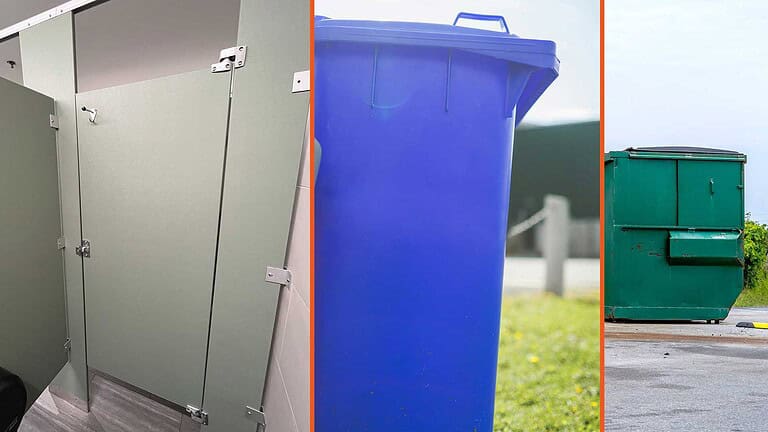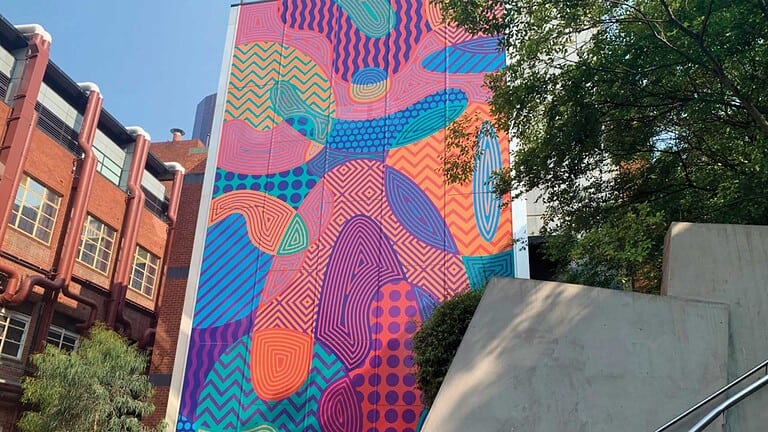Materials Matter in 2026: Aligning Reliable Films with the Print Industry’s Next Era of Transformation

Automation, AI, and market convergence is shaping the wide format graphics industry. Even with the attention on smarter software, faster equipment, and AI driven workflows, a fundamental truth remains. The success of any print project still depends on the materials beneath the ink.
On day 1 of the 2025 PRINTING United Expo hosted the Key Industry Trends and Insights Research Breakfast. The voices from the Alliance Insights team underscore how closely our industry’s future is tied to productivity, resilience, and quality. The message is clear. The right materials aren’t just a line item; they’re a growth enabler.
Rewarding Productivity & Penalizing Waste
As the print industry navigates a period of slow top-line growth, the State of the Industry Update from PRINTING United Alliance paints a challenging picture. According to the Q3 report, sales are nearly flat across print segments while operating costs have risen more than 4%.
Even so, 78% of executives surveyed are planning for continued investment in equipment and technology to enhance productivity. Because the lesson from 2025 is clear: in uncertain conditions, doing nothing is riskier than moving forward deliberately. The companies that will thrive in 2026 will be those that optimize every link in their value chain, including film material substrates.
High quality, flexible adhesive backed films help unlock that productivity. Reliable films reduce waste, speed up installation and removal, and eliminate costly rework due to failures like edge lift or poor adhesion in challenging environments and surfaces. The right material is no longer just an input cost, it’s a performance multiplier. Every wasted print or failed install is a drag on profitability; every reliable film is an efficiency gain.
AI and Automation are Reshaping Print – But Materials Still Make the Message
Automation and AI are transforming the print landscape faster than any previous technology shift. The report notes that 85% of print providers now view automation as essential for staying competitive, and 83% believe AI is critical to remaining viable.
But no matter how intelligent the workflow becomes, the output still needs to perform in the real world. Wide format films are the remaining touchpoint between the brand and the consumer. Material choice determines whether the AI optimized job delivers on its creative promise when installed on a window, wall, or floor.
High-quality print films are the bridge between digital precision and physical reliability. They ensure that every print, whether produced in-house or by a print provider, represents the brand with clarity, color integrity, and durability. In a world increasingly defined by automation, materials remain the tactile proof of performance. Executives planning for 2026 should view material selection as an extension of their brand standards, not just procurement.
Convergence as the Competitive Edge
Print industry boundaries have all but disappeared. The Profiting Through Convergence study shows that 70% of print providers now operate across multiple market segments, and 96% say that convergence has improved their competitiveness.
Wide format is no longer just about signage. It’s now integrated environmental décor, experiential branding, and dynamic retail storytelling. This brings both opportunity and complexity. Clients expect their providers to deliver solutions that perform across surfaces, environments, and applications.
Materials selected must perform reliably across applications and installation environments. Flexible film solutions that are compatible over different surfaces can help you expand into new markets and areas without adding layers of technical uncertainty. The more surfaces a single film can cover, the more profitable and simplified the workflow becomes.
Sustainability and Premiumization Are Shaping Buyer Expectations
Sustainability continues to evolve from a “nice-to-have” to a purchasing standard. Many regional pockets always ask for a sustainable or “green” solution. The Alliance Insights research identifies sustainability as both a “challenge and opportunity.” For C-suite leaders, this is an inflection point: customers want eco-conscious solutions that don’t sacrifice performance.
PVC-free films, recyclable liners, and solvent-free adhesives are no longer niche. They are strategic investments to meet sustainability goals, reinforce brand reputation, and show compliance readiness. The result is a win-win: reduced environmental impact with elevated visual and tactile quality. For executives, this convergence of sustainability and performance is reshaping material strategy.
For 2026- Make Quality Part of the Efficiency Equation
Looking at the US economy on the macro level, it’s expected to grow modestly in 2026, between 1.5% and 3%, dependent on the unfolding of productivity and AI adoption. Inflation, tariffs, and labor costs will continue to pressure margins, but so will opportunity.
Executives should focus on productivity through smarter choices, not just faster presses or new software, but materials that reduce total cost of ownership through durability, efficiency, and ease of installation and removal. High quality materials and films reduce downtime, waste, and reprints to deliver measurable efficiency gains that compound across every project.
For companies that produce or purchase wide-format graphics, material quality is no longer a technical concern. It’s a business strategy.
AI, automation, and convergence may be transforming how print is produced, but materials determine how it performs, endures, and influences the customer experience. Whether you’re a printer expanding your service mix, a retailer managing in-house décor, or a corporation producing branded environments, the path forward is clear:
- Invest in materials that align with automation and AI workflows.
- Prioritize films that minimize labor time and waste.
- Adopt premium, sustainable films that meet today’s environmental expectations and tomorrow’s performance demands.
As the industry moves into 2026, the winners will be those who pair digital transformation with material excellence. For windows, walls, and floors, the right film isn’t just a medium, it’s a message. They’re not just films. They’re the foundation of reliability, brand integrity, and profitability in the new era of print.
PRINTING United Alliance reports referenced in this article.
AI Adoption in the Printing Industry: From Curiosity to Competitive Advantage
PRINTING United Alliance/NAPCO Research State of the Industry Series
Related News
Overcoming LSE and Cold Weather Challenges in Wide Format Graphics

The Benefits of Perforated Window Film Graphics

Choosing the Right Perf Ratio for Window Film Advertising
